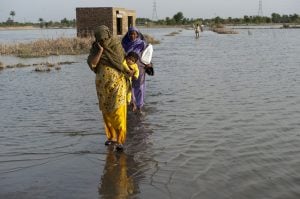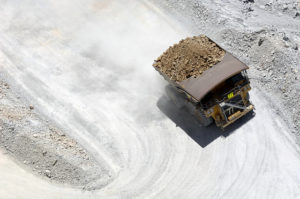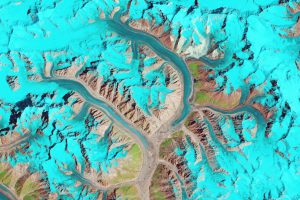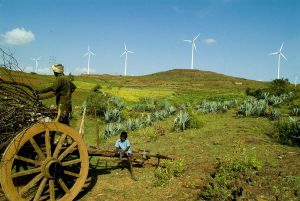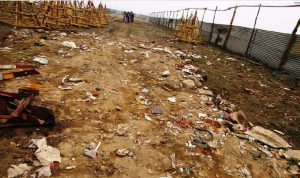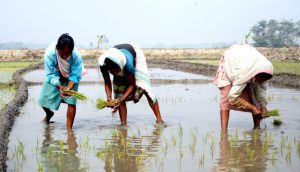There are few river systems in the world as long and as reliable as the Indus. The river and its tributaries connect most major cities of Pakistan with each other and the Arabian Sea, but also Kabul in Afghanistan and the towns such as Gurdaspur and Ludhiana in India. If a carefully engineered Indus Inland Waterways System (IIWS) is developed, connecting several cities in the three countries with the Arabian Sea, it could bring a huge economic boon in the entire region inhabited by 500 million people, including western China and Central Asia. The economics and advantages of inland waterways are well documented, including in trade, commerce and engineering.
History of missed opportunities
Historically, this potential has existed since the times of British Raj. With the construction of Suez Canal in 1869, the British developed the port at Karachi and improved its transportation links with the interior through roads, railways and steamer services in the Indus. Although proposals were put up for intercity linkage canals through the Indus but the British engineers saw more economic potential in building irrigation canals (a similar thing happened in the Ganges system). While development of railways took care of inland transportation needs, the rivers were diverted into irrigation canals to transform the river basin into what is now known as the largest contiguous irrigation system of the world – IBIS (Indus Basin Irrigation System). And it has sucked the rivers dry.
On the one hand, except for the monsoon months, the Indus delta receives very little to no flow going into the sea, and on the other, ever increasing irrigation demands are calling for damming or diverting even the leftover waters from the environmentally degraded rivers.
It seems almost impossible that the irrigation sector will let go its waters for maritime transportation.
The hope of agricultural efficiency
However, there is a ray of hope. The irrigation efficiency in IBIS is one of the lowest in the world. It is only half that of Imperial Valley in USA, and about two-third of its counterparts in Nile Valley and Indian Punjab. Efficient irrigation can spare half the water being diverted from the rivers. This would only make economic sense if the water saved through efficiency can lead to more profit. IIWS provides that engine.
The IMF’s 2015 World Economic Database reports that the agriculture sector’s total contribution to Pakistan’s GDP is 23%, or 60 billion USD. Irrigated agriculture provides approximately 45 billion USD of this amount. In contrast, the Mississippi waterways serve approximately 200 million people with an annual turnover of 70 Billion USD. A fully developed IIWS would potentially serve more than 500 million people in the region and could contribute to GDP far more than the current share of irrigated agriculture. But IIWS will not replace agriculture, instead it will enhance agricultural productivity. Basin-scale investments in irrigation efficiency, therefore, make good economic sense. Even with the current irrigation technologies being used efficiency can double, and with new emerging irrigation technologies we may be able to produce the same agricultural output with only a fifth of water.
A test run
The government of Punjab (GoP) has taken the initiative to test start a 200 kilometre commercial waterway in the Indus River between Attock and Daudkhel. Through a public private partnership, GoP has established the Inland Water Transport Development Company (IWTDC). The company’s mission is to ultimately connect Port Qasim with Nowshehra. The pilot project is obviously a step in the right direction but IWTDC’s current vision is limited to a small segment of a huge system. The vision does not integrate and synergise other sectors such as irrigation and the environment, and it completely ignores the potential of eastern tributaries of the Indus all the way into India, and of River Kabul all the way into Afghanistan. Perhaps GoP has not yet visualized irrigation efficiency as a key to unlock the full potential of the system.
IWTDC’s pilot project has raised some concerns among the environmentalists. These include concerns about natural riparian habitats which might be disturbed by dredging, channel straightening and possible pollution due to river transport. The critics include the Ministry of Climate Change, which has focussed its concerns on possible fuel spills. However, if waterways are properly engineered with required mitigation measures, they can actually help ecosystems prosper. When starting a new system altogether, rules, regulations, by-laws and institutional structures can be developed not only to ensure sustainable operations of waterways but also for sustainable development plans for the potential inland ports and towns.
Possibilities of a fully developed system are endless
A fully developed IIWS, connecting all the major cities of Pakistan with the cities of India and Afghanistan, would also serve the economic interest of Central Asia and western China. Other than the purely economic benefits, there are other positives. The lowered demand on water has the capacity to lower water-related tensions between Pakistan and India, as well as between Pakistan and Afghanistan. In both cases, the upper riparian states will reap benefits by releasing water in the rivers flowing through Pakistan into the Arabian Sea. Efficient irrigation practices would help arrest land degradation, prevent pollution, and increase per acre yields. The transportation sector would save on fuel and help reduce its carbon footprint. With more water in the rivers, the environment all the way to the Indus Delta would thrive, encouraging ecotourism. Riparian forests and wetlands would benefit from the water flow, and help sequester more carbon and greenhouse gasses. All of these, in turn, would dovetail extremely well with United Nations’ Sustainable Development Goals and will help the country achieve, or maybe exceed, its INDC’s.
The development of inland waterways is the only economically viable way to bring the much needed water back into the rivers, and is therefore a win-win for both the economy and the environment. All of it starts with efficient irrigation.
![<p>The potential of the Indus has not yet been unlocked [image by Hassan Abbas]</p>](https://dialogue.earth/content/uploads/2016/02/Boats-along-the-Indus-ii-Hassan-Shah-300x200.jpg)



